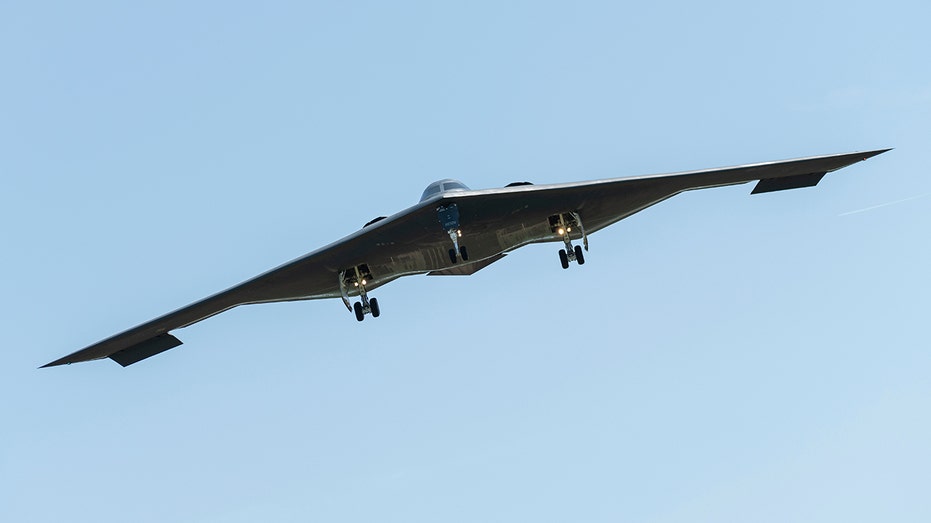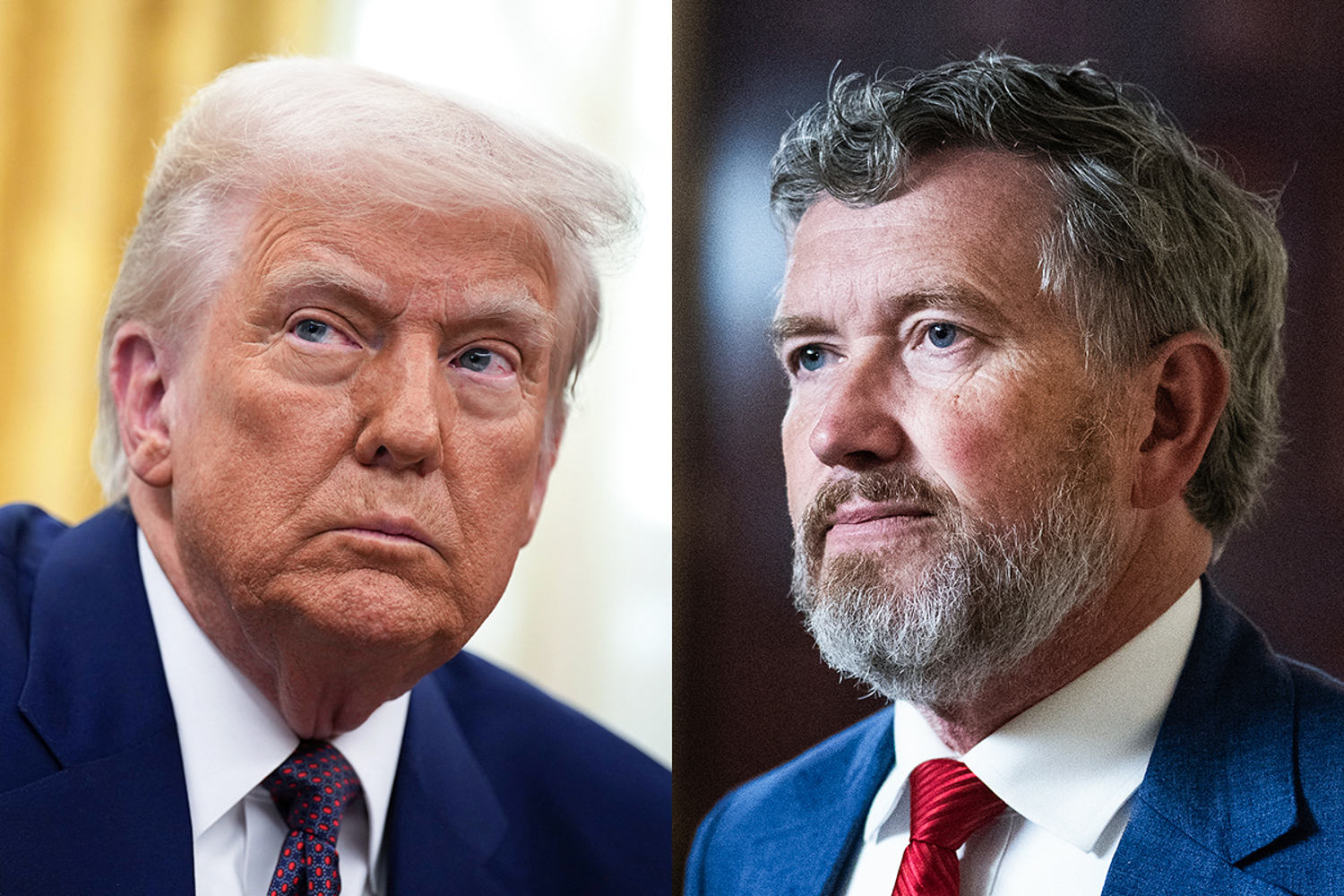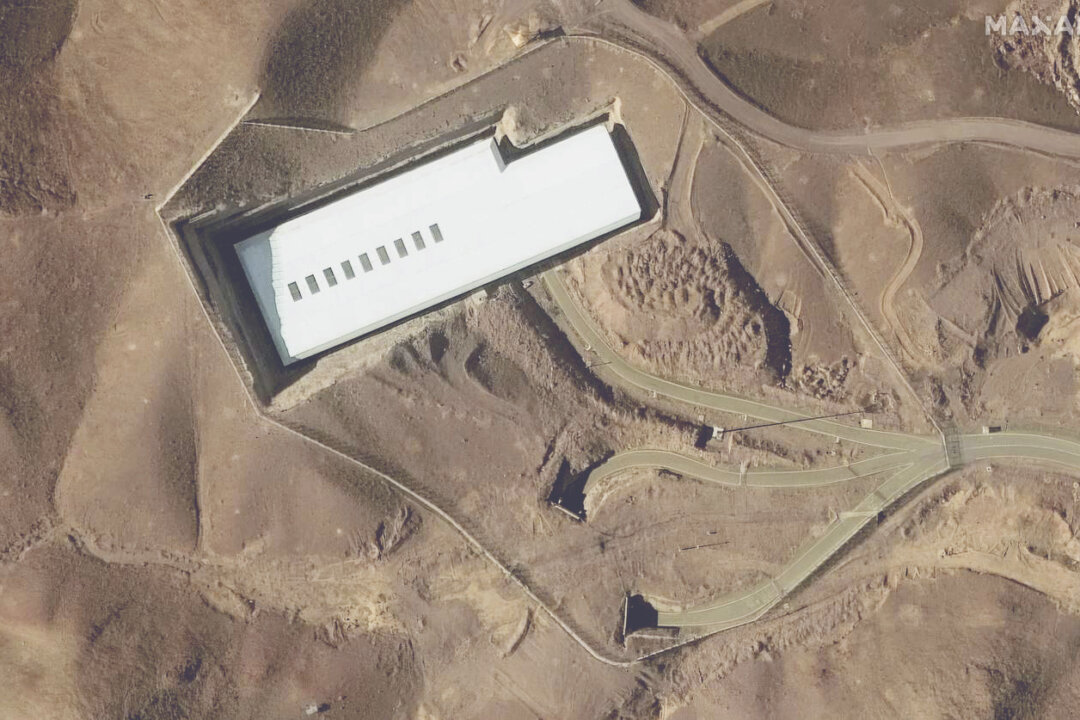At its 2025 summit this week, NATO announced a new military spending target of 5 percent—something President Trump referred to as a “monumental change” for America and its allies, praise that has been echoed by other foreign dignitaries.
At the summit, alliance members pledged to allocate 3.5 percent of gross domestic product annually to defense and to devote an additional 1.5 percent to military-relevant infrastructure and security.
On its face, this is a historic pivot from the 2 percent defense targets set at the 2014 Wales Summit, especially considering that over the past eleven years, European allies and Canada spent an average of just 1.6 percent of gross domestic product on defense. The announcement is encouraging, and the new spending target is exactly what my colleague Jordan Embree and I argued for in our recent Heritage Foundation Backgrounder.
However, a hard truth remains: NATO allies have run a defense deficit for over a decade. Even with these new and impressive benchmarks, it will take years for many countries to erase the accumulated shortfall.
>>> Read the Pollard/Embree Report—NATO’s Underspending Problem: America’s Allies Must Embrace Fair Burden Sharing
As our report indicates, European NATO members and Canada have collectively underfunded their militaries by more than $828 billion since the 2014 Wales Summit, when the 2 percent gross domestic product target was reaffirmed following Russia’s invasion of Crimea. That sum is not abstract; it represents real gaps in procurement, readiness, and warfighting capacity.
Germany alone accounts for nearly $250 billion of that shortfall. Italy and Spain account for $150 billion each, while Canada underspent by $80 billion.
So, how long would it take each country to erase its accumulated deficit under different gross domestic product spending scenarios?
Even assuming an immediate shift to 3.5 percent of gross domestic product for defense, Germany would require four years to simply make up the deficit. Italy and Spain would need five to six more years, while Canada would also require at least three.

This illustrates the core challenge of NATO’s new pledge: targets alone prove insufficient without long-term accountability.
Under the new agreement, allies have until 2035 to meet the 5 percent threshold. But defense procurement cycles and force modernization timelines operate on far shorter horizons, and as the last decade shows, deterrence depends on material investment today—not investment a decade from now.
>>> Read the Pollard/Embree Report—NATO’s Underspending Problem: America’s Allies Must Embrace Fair Burden Sharing
Fortunately, with the specter of a revanchist Russia on their doorstep, policymakers are making real progress. Over twenty NATO members now meet or exceed the 2 percent threshold, up from just three in 2014. Poland leads Europe at over 4 percent of gross domestic product, and Baltic states have maintained high levels of spending relative to their size.
Noteworthy in the new agreement is the 1.5 percent infrastructure target. The war in Ukraine has demonstrated that energy, transportation, and industrial infrastructure are not auxiliary concerns—they are primary targets. But many of Europe’s civilians remain underprepared for high-intensity conflict. Hardened roads, redundant rail lines, and protected ports are essential for rapid reinforcement.
>>> Read the Pollard/Embree Report—NATO’s Underspending Problem: America’s Allies Must Embrace Fair Burden Sharing
Nor can the cyber domain be overlooked. In another report called, “A Case Study of Russian Cyber-Attacks on the Ukrainian Power Grid: Implications and Best Practices for the United States,” I detailed how hackers infiltrated the industrial control systems of power plants in 2014. Since then, NATO’s adversaries have only gown bolder and more sophisticated.
Today, cyber threats, now supercharged by AI, have become as consequential as kinetic ones. Only through collaborative defense in this area will NATO be able sustain both military and civilian resilience against both hostile nation states and symmetric actors.
Until now, these investments have been lopsided. Since 2014, the U.S. has averaged defense spending near the new 3.5 percent threshold, but most European allies have hovered just around 1.6 percent. The American taxpayer cannot be expected to continue acting as NATO’s insurer if others treat U.S. spending like a subsidy allowing them to continue financing bloated welfare states.
>>> Read the Pollard/Embree Report—NATO’s Underspending Problem: America’s Allies Must Embrace Fair Burden Sharing
The new 3.5 percent and 1.5 percent standards must become America’s baseline metric for fair burden-sharing. NATO’s Article 3 obliges each member to “maintain and develop” its own capacity to resist armed attack, not to outsource it.
Ultimately, The Hague summit’s outcome reflects growing recognition that rebuilding deterrence and repairing credibility requires more than lofty declarations—it requires concrete, sustained material investment, and the political will to match. Preparation—not promises—is the true foundation of deterrence.
If NATO leaders follow through, not only in rhetoric but also in budget, the alliance will be stronger for it. But if what’s past is prologue, only vigilance will ensure that actual numbers match the narrative.
The post $828 Billion Short, NATO’s Path Back Starts With 5 Percent—and a Long Memory appeared first on The Daily Signal.
.png)















 English (US)
English (US)